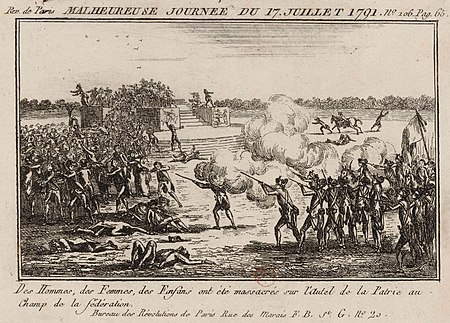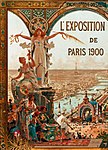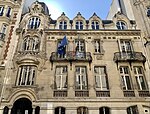Champ de Mars massacre

The Champ de Mars massacre took place on 17 July 1791 in Paris at the Champ de Mars against a crowd of republican protesters amid the French Revolution. Two days before, the National Constituent Assembly issued a decree that King Louis XVI would retain his throne under a constitutional monarchy. This decision came after Louis and his family had unsuccessfully tried to flee France in the Flight to Varennes the month before. Later that day, leaders of the republicans in France rallied against this decision, eventually leading the Marquis de Lafayette to order the massacre.Jacques Pierre Brissot was the editor and main writer of Le Patriote français and president of the Comité des Recherches of Paris, and he drew up a petition demanding the removal of the king. A crowd of 50,000 people gathered at the Champ de Mars on 17 July to sign the petition, and about 6,000 signed it. However, two suspicious people had been found hiding at the Champ de Mars earlier that day, "possibly with the intention of getting a better view of the ladies' ankles"; they were hanged by those who found them, and Paris Mayor Jean Sylvain Bailly used this incident to declare martial law. Lafayette and the National Guard under his command were able to disperse the crowd. Georges Danton and Camille Desmoulins led the crowd, and they returned in even higher numbers that afternoon. The larger crowd was also more determined than the first, and Lafayette again tried to disperse it. In retaliation, they threw stones at the National Guard. After firing unsuccessful warning shots, the National Guard opened fire directly on the crowd. The exact numbers of dead and wounded are unknown; estimates range from a dozen to 50 dead.
Excerpt from the Wikipedia article Champ de Mars massacre (License: CC BY-SA 3.0, Authors, Images).Champ de Mars massacre
Place Jacques Rueff, Paris 7th Arrondissement (Paris)
Geographical coordinates (GPS) Address Nearby Places Show on map
Geographical coordinates (GPS)
| Latitude | Longitude |
|---|---|
| N 48.856111 ° | E 2.298333 ° |
Address
Place Jacques Rueff
75007 Paris, 7th Arrondissement (Paris)
Ile-de-France, France
Open on Google Maps









